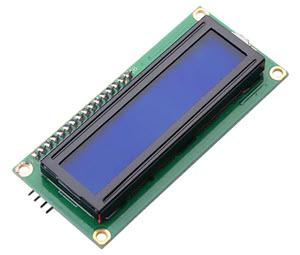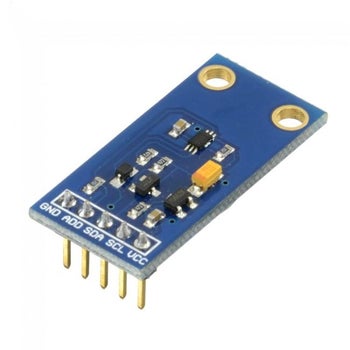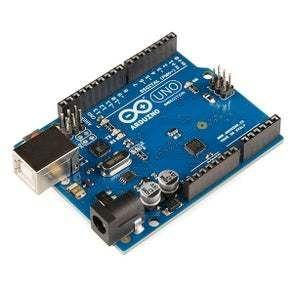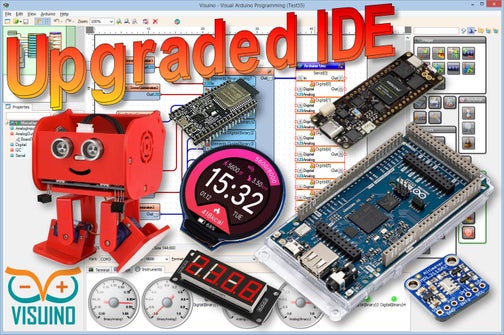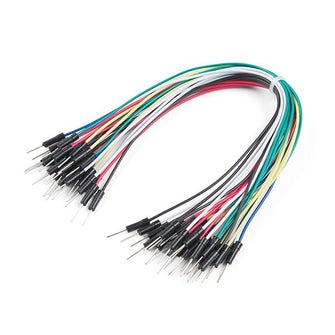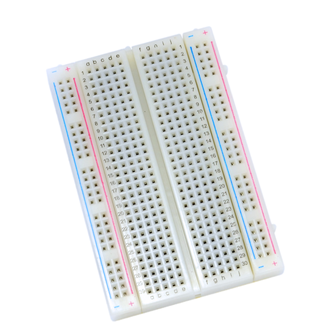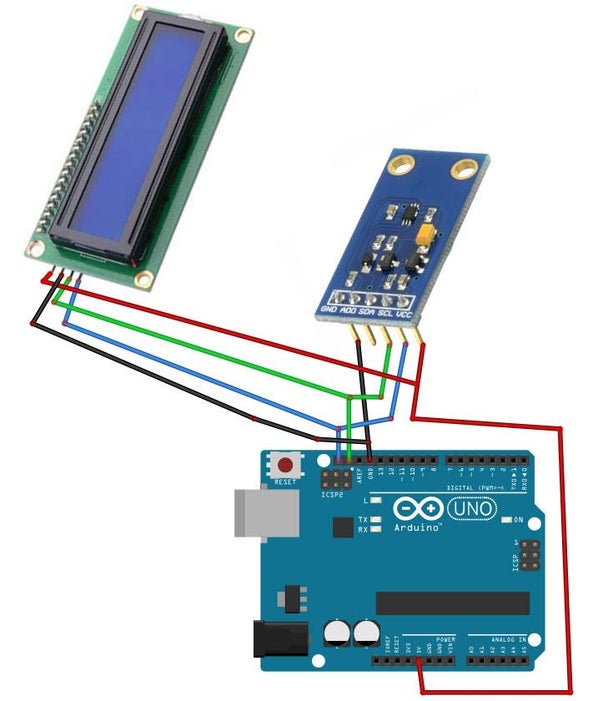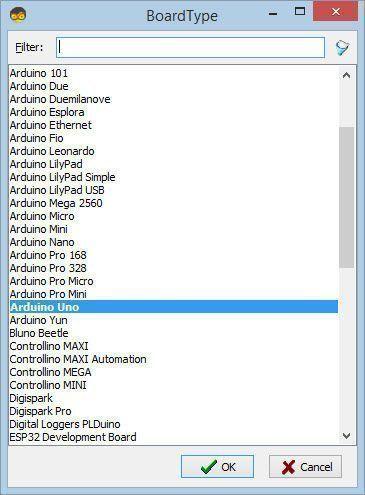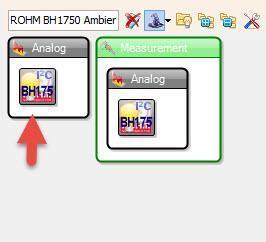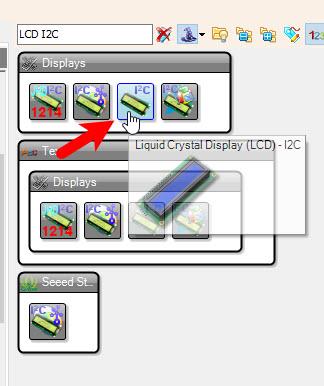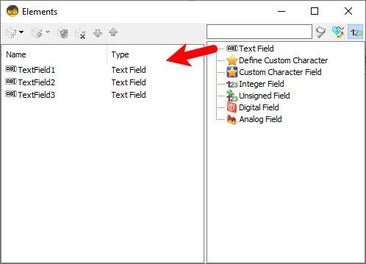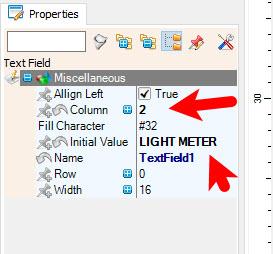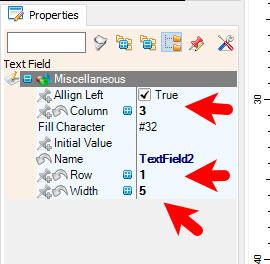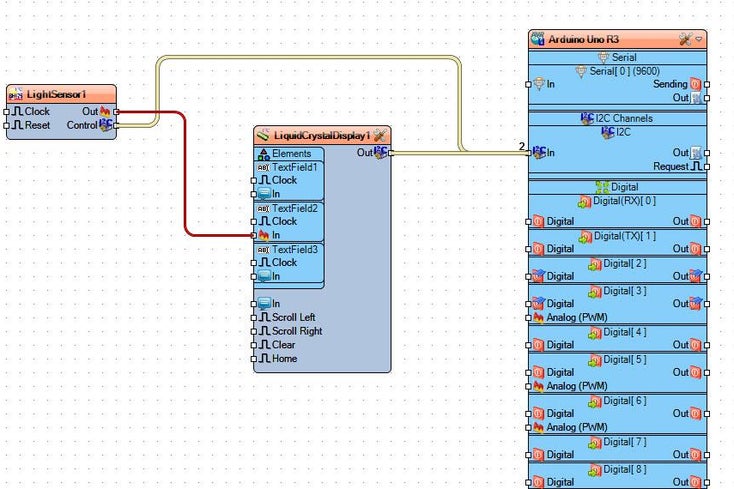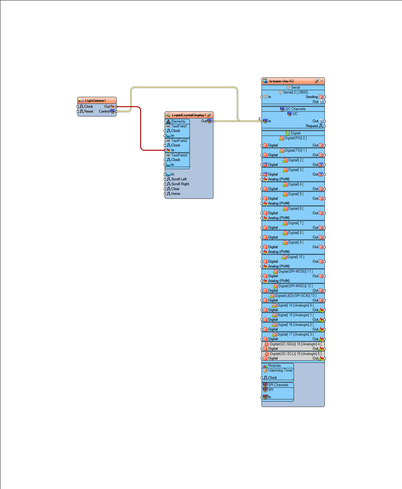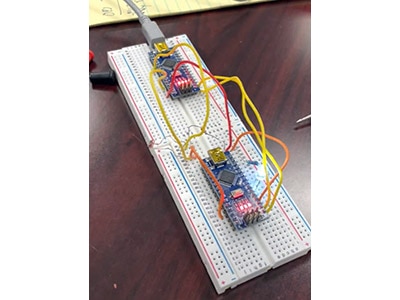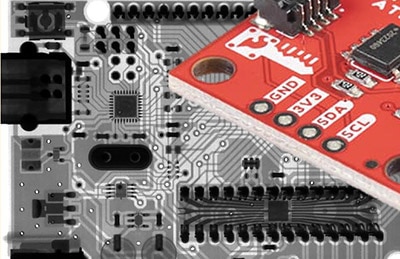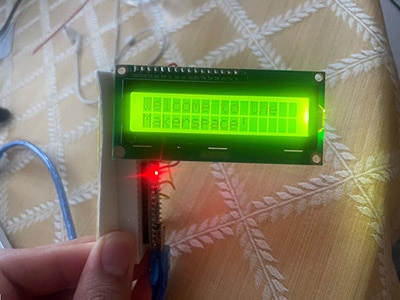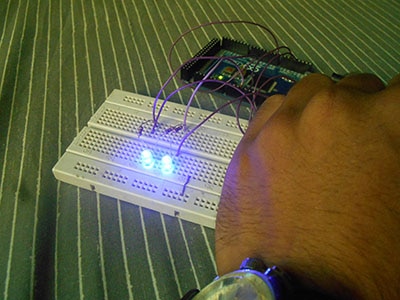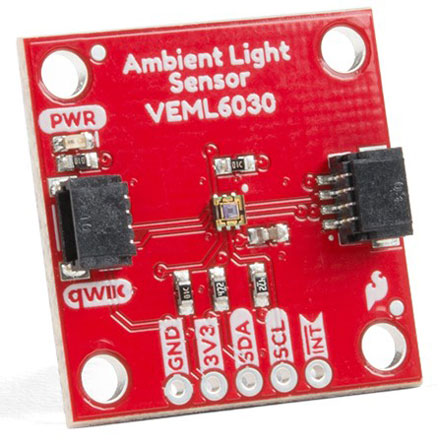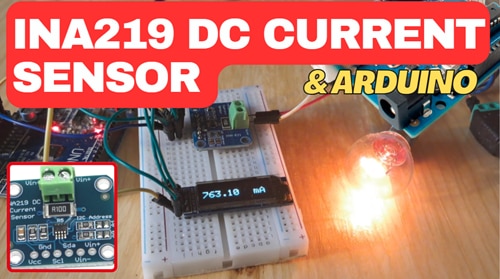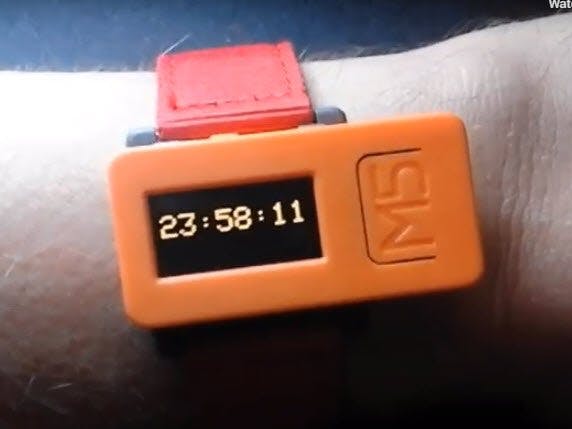Simple Lux Meter - DIY Light Intensity Meter
2025-05-27 | By Ron Cutts
License: General Public License Displays Light Arduino
Download Visuino Project file
Step 1: What You Will Need
Visuino software: Download here
Step 2: The Circuit
Connect Light Sensor pin [SCL] to Arduino pin [SCL]
Connect Light Sensor pin [SDA] to Arduino pin [SDA]
Connect Light Sensor pin [VCC] to Arduino pin [5v]
Connect Light Sensor pin [GND] to Arduino pin [GND]
Connect LCD pin [SCL] to Arduino pin [SCL]
Connect LCD Sensor pin [SDA] to Arduino pin [SDA]
Connect LCD Sensor pin [VCC] to Arduino pin [5v]
Connect LCD Sensor pin [GND] to Arduino pin [GND]
Step 3: Start Visuino, and Select the Arduino UNO Board Type
The Visuino: https://www.visuino.com also needs to be installed. Download the free version or register for a Free Trial.
Start Visuino as shown in the first picture Click on the "Tools" button on the Arduino component (Picture 1) in Visuino When the dialog appears, select "Arduino UNO" as shown in Picture 2
Step 4: In Visuino Add, Set & Connect Components
Add "ROHM BH1750 Ambient Light Sensor (I2C)" component
Add "Liquid Crystal Display (LCD) - I2C" component
Double click on the "LiquidCrystalDisplay1" and in the Elements window drag "Text Field" to the left side and in the properties window set "Column" to 2, "Initial Value" to LIGHT METER
In the Elements window, drag another "Text Field" to the left side and in the properties window set "Column" to 3, "Row" to 1, "Width" to 5
In the Elements window, drag another "Text Field" to the left side and in the properties window set "Column" to 9, "Row" to 1, "Width" to 8, "Initial Value" to LUX
Close the Elements window
Connect "LightSensor1" pin I2C Control to Arduino I2C In
Connect "LiquidCrystalDisplay1" pin I2C Control to Arduino I2C In
Step 5: Generate, Compile, and Upload the Arduino Code
In Visuino, at the bottom, click on the "Build" Tab, make sure the correct port is selected, then click on the "Compile/Build and Upload" button.
Step 6: Play
If you power the Arduino module, the LCD will start to show the Light Intensity value in LUX.
Congratulations! You have completed your project with Visuino. Also attached is the Visuino project that I created. You can download it and open it in Visuino: https://www.visuino.com







